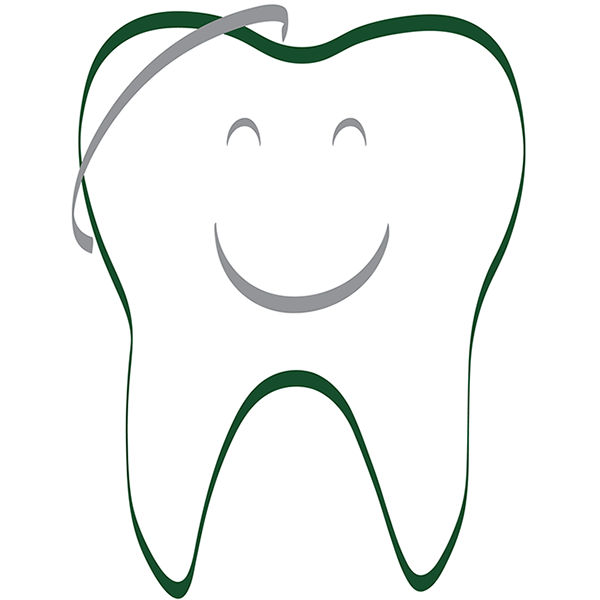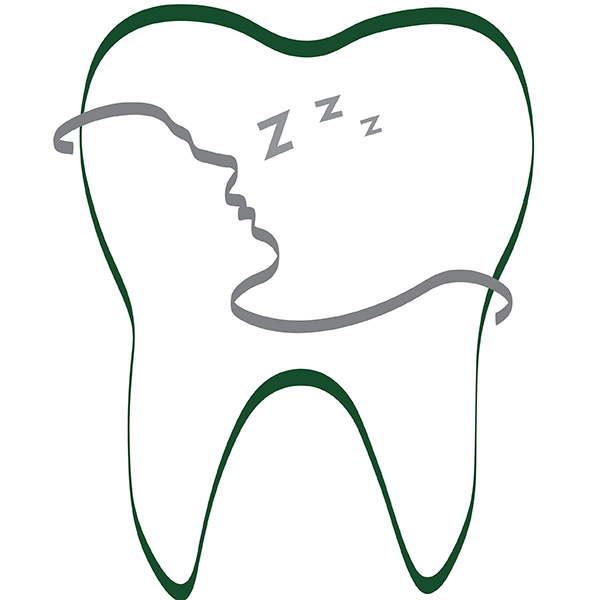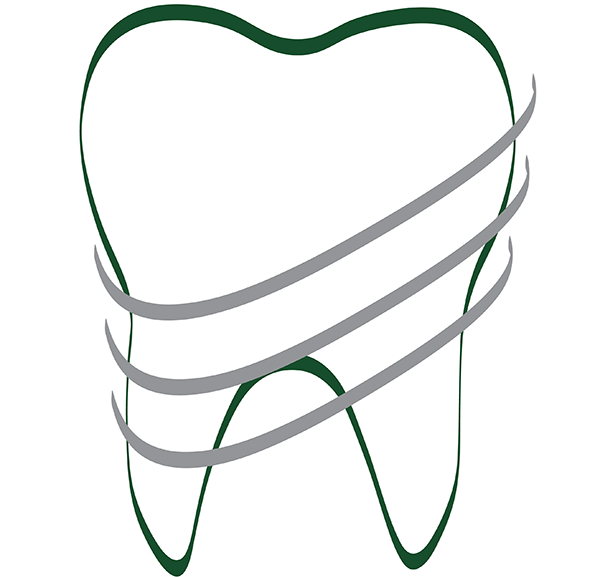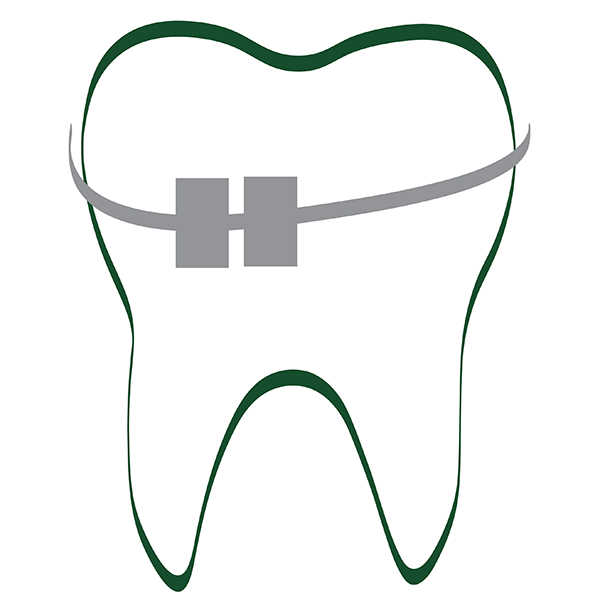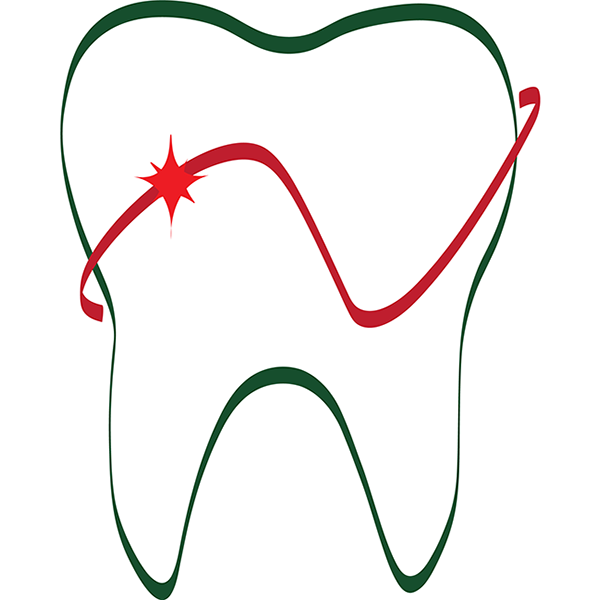
Child Dentistry
START HEALTHY HABITS EARLY
WHEN TO BRING YOUR CHILD TO THE DENTIST
According to the American Academy of Pediatric Dentistry, children should see the dentist for the first time when their first tooth erupts, or when they turn 1 year old (whichever comes first). Seeing a dentist regularly from a young age helps children get more familiar with dental appointments. This also allows us to track your child’s oral development and ensures that any potential oral health problems are addressed before they progress.
WHAT TO EXPECT
YOUR CHILD’S FIRST DENTAL VISIT
This depends on your child’s age. If your child is between 1-2 years old and does not yet have most of their teeth, we will clean and examine any teeth that have erupted. Then, we will discuss any findings with you and answer any questions you may have about your child’s oral development.
If your child has most or all of their baby teeth (usually between 2-3 years) they will receive a cleaning and oral exam, similar to the treatment an adult receives during preventive appointments. One of our hygienists will clean, brush, and floss your child’s teeth and gums, then Dr. Drennan will perform a comprehensive oral exam. He may recommend x-rays, but only if they are necessary and if you approve.
Myobrace

If you suspect that your child may have issues with their oral development, we offer Myobrace to help get things on track. Myobrace is a pre-orthodontic treatment used to correct issues with jaw development and encourage healthy oral habits.
Myobrace is a special type of removable orthodontic treatment designed specifically for children between the ages of 5-9. Treatment involves wearing removable oral appliances that look similar to a mouthguard or a retainer. Typically, the Myobrace is worn for about an hour per day, and overnight while your child sleeps.
These appliances can correct poor oral habits and ensure the proper development and alignment of your child’s jaw. Treatment results in straighter teeth and often eliminates the need for braces later in life. Myobrace also encourages proper swallowing, keeping the lips together at rest, breathing through the nose, and proper tongue resting.
SIGNS OF ORTHODONTIC ISSUES
If your child has oral issues such as poor tongue placement, reverse swallowing (tongue thrusting), mouth breathing, or airway issues, they will most likely benefit from a Myobrace. During your consultation, Dr. Drennan will discuss your child’s symptoms, examine their mouth, and offer honest advice about whether to move forward with Myobrace treatment.
THE MYOBRACE PROCESS
After your child is confirmed as a good candidate for a Myobrace, Dr. Drennan will begin building a customized treatment plan. Typically, there are four stages to treatment:
First, habit correction with the Myobrace helps correct poor oral habits like tongue thrusting and mouth breathing. This prevents improper jaw growth.
Next is arch development. The Myobrace can be used to help expand the palate and the arch, which allows sufficient space for the teeth and the tongue to move freely and properly.
The third stage of Myobrace treatment, dental alignment, takes place when your child has all of their permanent teeth. The removable Myobrace appliance can shift and reposition teeth for a healthier bite.
The retention phase involves wearing a Myobrace retainer to keep your child’s teeth in place.
The proper treatment for your child will depend on their age, orthodontic needs, and other details.

